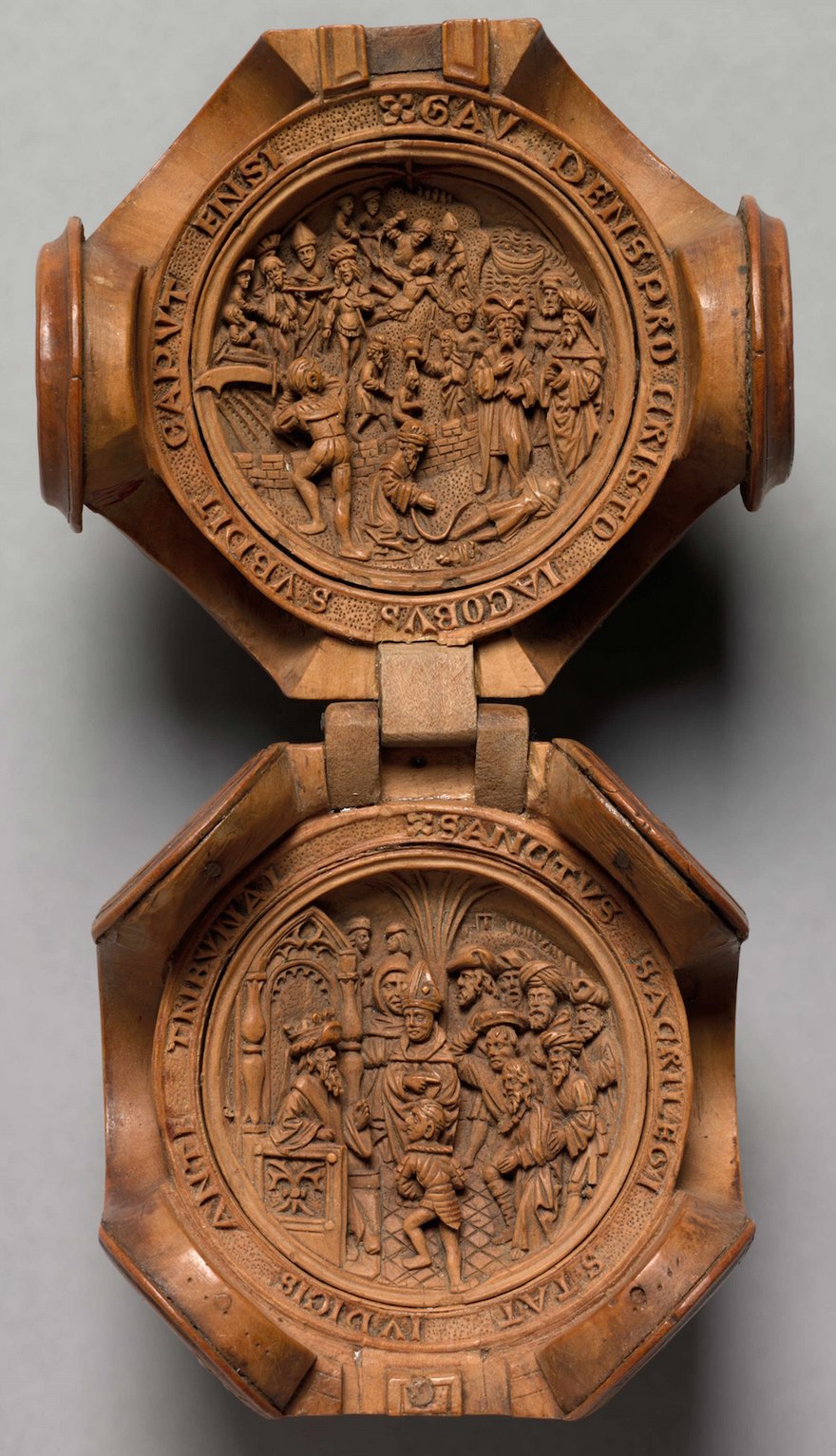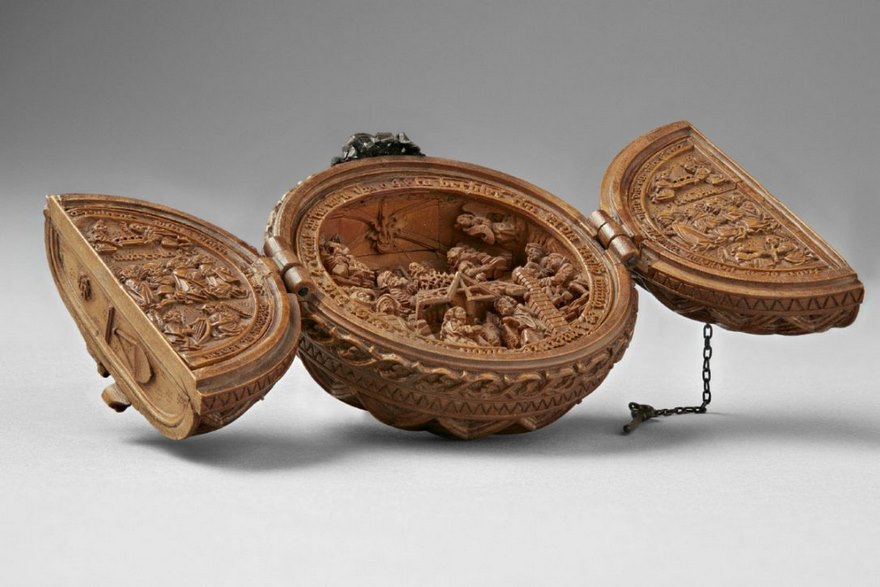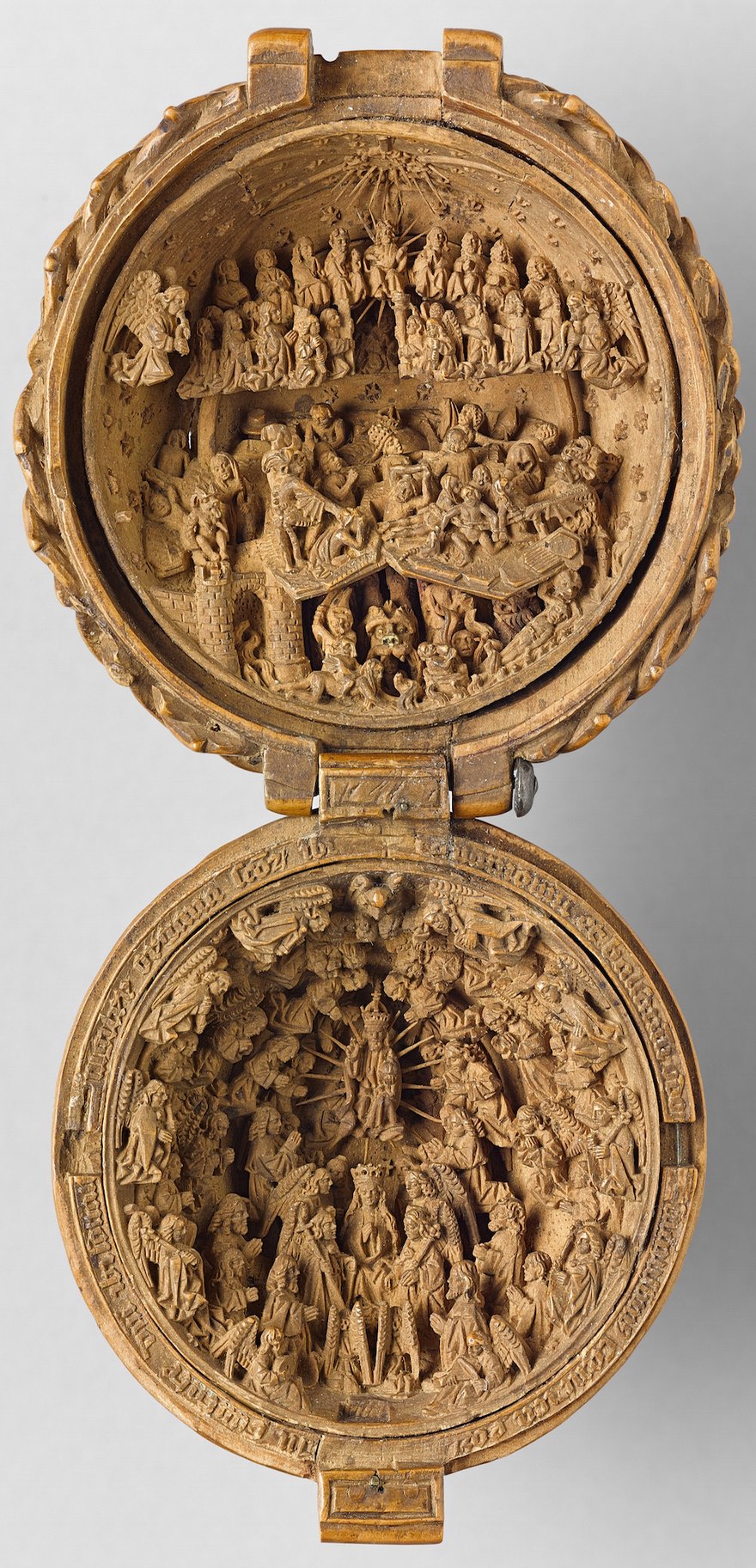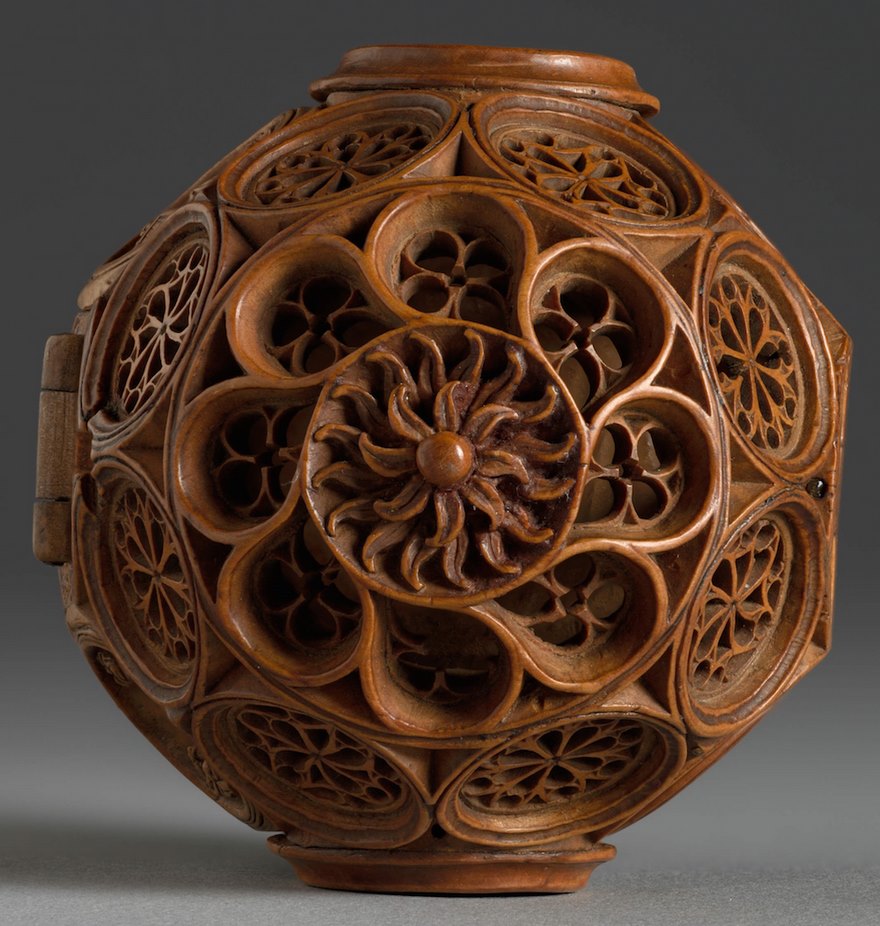
16th Century Boxwood Carvings Are So Miniature Researchers Used X-Ray To Solve Their Mystery
There are only 135 known miniature boxwood carvings and they have been puzzling art specialists all over the world. Recently, researchers have gathered some of these tiny religious pieces from museums and private collections to further study their secrets and have found a few very interesting answers.
It is thought that these wooden carvings were made during only a brief time frame, between 1500 and 1530 either in Flanders or the Netherlands. The rise of a new merchant social class in Europe created a market demand for high-quality portable religious carvings. However, soon the Reformation began and a lot of church-related accessories went out of fashion, including the miniature boxwood pieces.
Using micro-CT scanning and Advanced 3D Analysis Software, researchers found out just how intricate these miniature altars really are. The inner layers are pieced together, hiding the joints so completely, that only a microscope or an X-ray can detect them. The pieces also incorporate pins, smaller than a grass seed. However, much of the production process remains unknown, because traces of gold and other decoration materials conceal the X-ray views.
More info: ago. ca | YouTube (h/t: colossal)
Researchers took these 500-year-old miniature boxwood carvings to the lab to find out their secrets
They think these miniatures were made between 1500 and 1530 in Flanders or the Netherlands
The human eye isn’t able to analyze details this tiny
So researchers used micro-CT scanning and Advanced 3D Analysis Software
To find out how intricate the pieces really are
They found joints in the inner layers so tiny that only a microscope or an X-ray can detect them
And pins, smaller than a grass seed
But even the advanced technology couldn’t see everything
Because traces of gold and other decoration materials conceal the X-ray views
The miniatures were a result of a rising new social class in Europe that created a demand for these high-quality portable religious carvings
However, soon the Reformation began and a lot of church-related accessories went out of fashion
Explore more of these tags
The miniatures are amazing, however the whole article is rubbish. Especially the grammar and the lack of x-ray pictures. All we see is photos of 'miniatures' but without anything added for scale [a banana would have been fine].
I agree on all counts but especially the x-rays! I mean they're interesting and all but I'd not have bothered if I'd know there wasn't going to be any investigation shows.
Load More Replies...If this is truth: "The human eye isn’t able to analyze details this tiny" and is this is truth: "They found joints in the inner layers so tiny that only a microscope or an X-ray can detect them" - how then was it possible that people 500 years ago looking with nothing than their own eyes could carve them? And what the heck is the size of a grass seed? With perfectly fine length measures available that everyone could understand ... why would you use "the size of a grass seed" as comparison?
The miniatures are amazing, however the whole article is rubbish. Especially the grammar and the lack of x-ray pictures. All we see is photos of 'miniatures' but without anything added for scale [a banana would have been fine].
I agree on all counts but especially the x-rays! I mean they're interesting and all but I'd not have bothered if I'd know there wasn't going to be any investigation shows.
Load More Replies...If this is truth: "The human eye isn’t able to analyze details this tiny" and is this is truth: "They found joints in the inner layers so tiny that only a microscope or an X-ray can detect them" - how then was it possible that people 500 years ago looking with nothing than their own eyes could carve them? And what the heck is the size of a grass seed? With perfectly fine length measures available that everyone could understand ... why would you use "the size of a grass seed" as comparison?

 Dark Mode
Dark Mode 

 No fees, cancel anytime
No fees, cancel anytime 




























































655
84